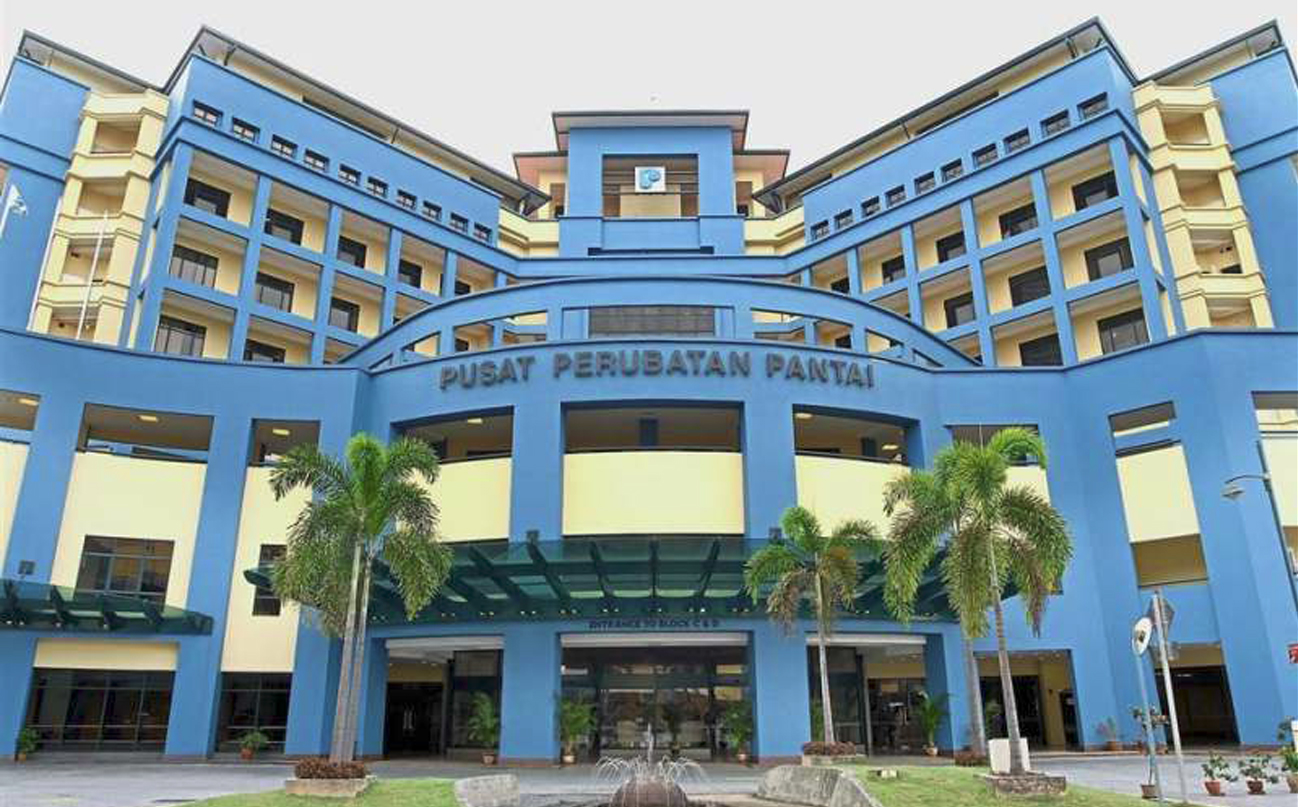Based on several economic factors, the Asian Tiger’s healthcare expenditure could rise as high as $20 billion by 2020, says Frost & Sullivan
Located in Southeast Asia, Malaysia has had one of the best economic records in Asia, with its GDP
growing at an average of 6.5 per cent per annum for almost 50 years.
The economy has traditionally been fuelled by its natural resources and is also expanding in the fields of
science, tourism, commerce and medical tourism. Today, Malaysia has a newly industrialized market economy, ranking at 3rd place in Southeast Asia and 29th largest in the world. Due to the rising incidences of
chronic diseases, increasing healthcare costs especially.
in Wilayah Persekutuan and Selang or due to urbanization, and a weak ringgit, Malaysian healthcare expenditure could rise as high as $20 billion by 2020, according to Frost & Sullivan.
Stable growth
Frost & Sullivan highlights that the Malaysian healthcare sector is expected to have a growth of 8.4 per cent i.e. around RM11.29 in comparison with the growth of RM6.96 billion in 2012 by 2018.In 2018, Malaysia’s healthcare expenditure is expected to almost double up to RM68.4 billion with an annual growth rate of 6.5 per cent and the growth will be mainly because of the cost incurred by healthcare services and
medication.
In Asia Pacific region, the healthcare expenditure will have an exponential growth mainly because of increased patient demands for better healthcare. Whereas in some countries, there are huge difficulties faced since medical costs are heavily funded by the government and are now in the process of reforming the medical costs.
A number of trained resources, which include ancillaries and specialists, equal healthcare throughout the nation, and management of healthcare costs are the top three challenges faced by the Malaysia’s healthcare sector. And these challenges can be overcome through balanced cooperation between the government and private sectors.
As per the research, the top five healthcare sectors of the country that include medical tourism, day care surgery, specialty hospitals, private medical insurance, and healthcare information technology will have plenty of growth opportunities in the near future.
The country’s medical tourism market is exponentially growing mainly driven by a large number of visitors seeking medical treatments attracted by medical expertise, tourism appeal and attractions. Over the last 10 years, there is a tremendous increase in specialist hospitals, clinics and dental surgeries in
Malaysia. The country has the world-class standard of health care services and its medical cost is one of the most competitive in the world.
A large number of Malaysian private hospitals are actively participating in health tourism with the support from the government as the country offers medical services in various fields such as fertility treatment, cancer treatment and pain management, orthopaedics surgery and rehabilitative medicine, cardiology and cardiothoracic surgery, general screening and wellness.
Dynamic healthcare industry
Malaysia’s global healthcare industry is among the most dynamic and rapidly growing industries in the world economy. Spurred by demographic shifts such as extended longevity and a rise in lifestyle diseases such as hypertension and cardiovascular ailments, cancer and diabetes, national healthcare costs are increasing dramatically. At the same time the health industry has become a powerful engine of economic growth.
Malaysia’s record of healthcare expenditures is no exception to the rule. At 4.8 per cent of GDP, its spending on healthcare is above regional peers and public spending is a disproportionate contributor to healthcare costs. The burden on public spending is even more pronounced when compared to countries inthe uppermiddle to high-income brackets.
At a market size of close to $500 billion, the Asia Pacific Healthcare market (consisting of pharmaceuticals, medical devices and healthcare technology) represents 30 per cent of global revenues, and is still the fastest growing region globally with a growth rate of 11.5 per cent projected for 2016 (in comparison, the global projected growth rate is 6.9pc), according to Frost and Sullivan.
Key developments
Primary care chains are expected to expand integrated services spanning across diagnostic and preventive
care, strengthening primary care as the first point for healthcare services.Growth in private health insurance due to awareness of rising healthcare costs and awareness campaigns by insurance companies and
governments push for shared spending.
Governments are moving towards value-based healthcare, making it imperative for healthcare product providers to build business models that incorporate risk sharing demonstrating quality of their products. Local manufacturing gains importance within the ASEAN environment due to strengthening US dollar and high
percentage of healthcare impor ts. In addition, increasing presence of Japanese healthcare products and services are seen in the region as Japan goes beyond borders.
Innovative healthcare delivery models such as ‘doctor at your door’ and at-home blood collection services could create an increased migration of healthcare services from in-lab or hospital setting to a consumer driven point of care setting.
Easier access to health information and provider information for consumers drives medical tourism, albeit
in a much more competitive environment. Furthermore, the wide usage of technology drives efficiency and eases resource pressures in healthcare delivery. In short, Malaysia is well positioned to harness
opportunities in the healthcare services industry especially in areas such as primary care, specialty
services, diagnostics services, medical tourism and aged care.
Medical tourism
Malaysia is an emerging centre of medical tourism in APAC and in 2015, and the country’s medical tourism
industry was estimated to have earned revenues of $350 million. While the country holds less than 3 per cent of APAC medical tourism revenues, growth rates are above market at 15 per cent year-on-year. Thailand is still the benchmark with 50 per cent market share, followed by India at 30 per cent. All other countries make up the additional 20per cent in this highly competitive industry.
Efforts made to growth this sector are expected to highlight Malaysia’s advantages to medical tourist as a
location for high quality, cost effective healthcare. Additionally, with the current international wave of
interest for wellness and traditional therapies Malaysia is well placed to attract health travellers for a
combination of wellness and health vacations. The Malaysian government is currently working on
medical tourism sector in order to expand healthcare options for Malaysians and also boost the medical
tourism market. In 2018, the Asia-Pacific healthcare market is expected to reach RM2.32 trillion in 2018 as compared to RM1.14 trillion in 2012.
Market assessment
Malaysia is in a unique position today and it will either aggressively participate in the global shift towards Asia by becoming a major player in healthcare, or become marginalized like other less developed countries such as Indonesia and less expensive countries such as Vietnam will playlarger roles on the ASEAN stage.
Indonesia and Vietnam are already positioning themselves for healthcare growth. In
Indonesia, local pharmaceutical companies are capturing an increasing share of the domestic market. In Vietnam extensive commitments and strong government support are going towards growing the med tech sub-sector through developing infrastructure and building a skilled, low-cost labour force.
Malaysia must act now and determine how best to use its infrastructure capabilities, domestic consumption. base and diverse population to create an economic growth agenda for healthcare. Recent indicators show
that despite fundamentals being at risk, the Malaysian healthcare industry has a solid starting point to
undertake an economic transformation.
Global interest
Medical device-maker Boston Scientific Corp plans to open a manufacturing facility in Penang, Malaysia,
according to a report in New Straits Times citing the company’s vice-president of operations, Dave Mitchell.
The facility, which will be located in the Batu Kawan Industrial Park, marks the company’s foray into
manufacturing in Asia. Construction of the facility, if confirmed, is expected to be completed by the end of the year. It is expected to create 400 jobs within four years of commencing its operations and will repor tedly manufacture medical devices for the US-based company’s cardiology and endoscopy portfolios.
According to the reports, Boston Scientific credited Malaysia’s good business environment, a well set-up
manufacturing infrastructure and a burgeoning medical sector as reasons of its expansion plans in Asia Pacific, Middle East and Africa. The medical device-maker reportedly plans to bring in some employees from
overseas to set up the facility. While some of the new employees for the facility have been sent to Ireland for training purposes, another set of new hires is undergoing training in Costa Rica.
Malaysia’s pharmaceutical industry remains dominated by multinational corporations, most of which distribute branded drugs through locally incorporated companies or joint ventures. Healthcare spending is forecast to rise by an average of 9 per cent a year in US dollar terms, to reach nearly $19 billion by the end of 2020.














